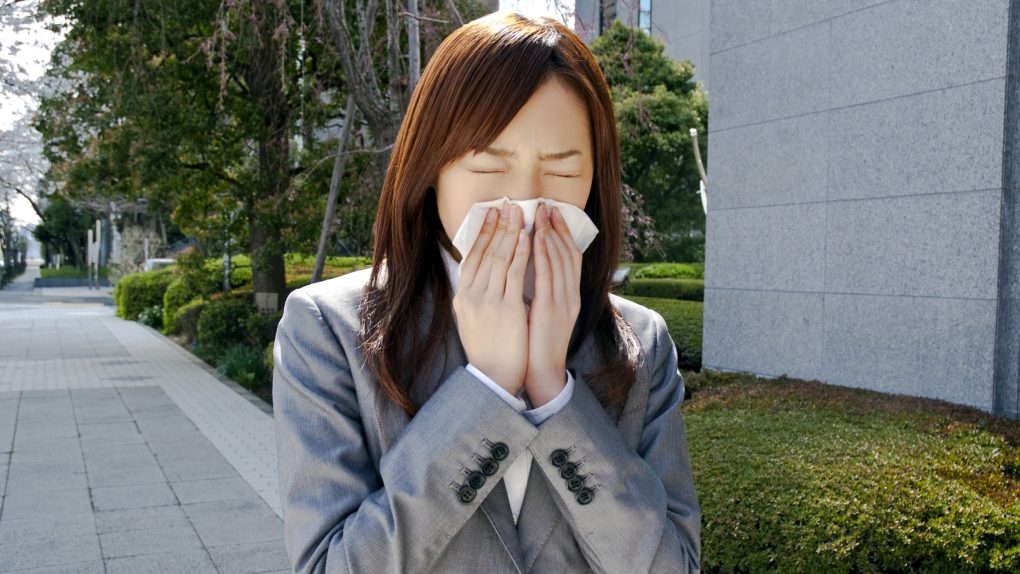- Coronavirus can travel up to 27 feet through the air, an MIT researcher warns, basing her new research paper on more up-to-date models of how droplets and particles move through the air.
- Current social distancing measures may not be adequate, as staying six feet away from a sick person may not be enough to protect you from a cough or sneeze.
- Visit BGR’s homepage for more stories.
has forced us to change our lives in many ways. Lots of people are working from home these days, and social distancing mandates mean that even when we go out in public we should be doing our best to stay at least six feet away from one another. But where did that measurement come from, and why is it considered accurate?
A new research paper by MIT associate professor Lydia Bourouiba suggests that the current social distancing mandate is based on an outdated model of how respiratory diseases spread. The true range of a pathogen such as the novel coronavirus is closer to 30 feet than six.
In the paper, published in JAMA, Bourouiba explains how the six-foot recommendation is based on science conducted as far back as the late 1800s. More recent research paints a clearer picture of the dynamics of tiny fluid droplets expelled by humans during coughing and sneezing. The “cloud” of gas fired out from a person’s face during a sneeze has a far greater range than many assume, and environmental conditions can give that material an added boost.
“The Centers for Disease Control and Prevention recommends a 6-foot separation. However, these distances are based on estimates of range that have not considered the possible presence of a high-momentum cloud carrying the droplets long distances,” Bourouiba writes. “Given the turbulent puff cloud dynamic model, recommendations for separations of 3 to 6 feet may underestimate the distance, timescale, and persistence over which the cloud and its pathogenic payload travel, thus generating an underappreciated potential exposure range for a health care worker.”
So, what is the true maximum range of virus-carrying droplets after they leave a person’s body via a powerful sneeze or cough? “Given various combinations of an individual patient’s physiology and environmental conditions, such as humidity and temperature, the gas cloud and its payload of pathogen-bearing droplets of all sizes can travel 23 to 27 feet,” Bourouiba explains.
There’s obviously a huge difference between 6 feet and 27 feet, and mandating that everyone remain nearly 30 feet apart when in a public place would be difficult. As we’ve seen over the past several weeks, some people are having a hard time remaining just 6 feet away from their fellow possible-pathogen-carriers, so quadrupling that requirement would be close to impossible. Still, if you’re in a situation where you’re near a person who appears to be ill, it’s good to know that a six-foot gap won’t necessarily protect you, and you should put some more distance between you if at all possible.








